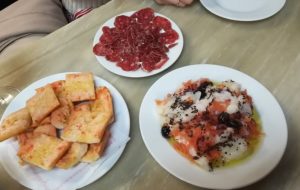Driving through green fields and hearing many conversations around me, I think about agriculture. As stated by the professor (which I paraphrased a bit), agriculture is simply defined as “the end goal of putting food on the table through many methods.” While the goal is simple, it is a very complex and practical field of study, research and application. The structure of agriculture encompasses many subjects, ranging from tending to livestock (with it’s own set of subcategories) to data analysis (also with it’s subcategories). The main focus revolves around a balance of efficiency, economic profit and spending, and the quality of the product.
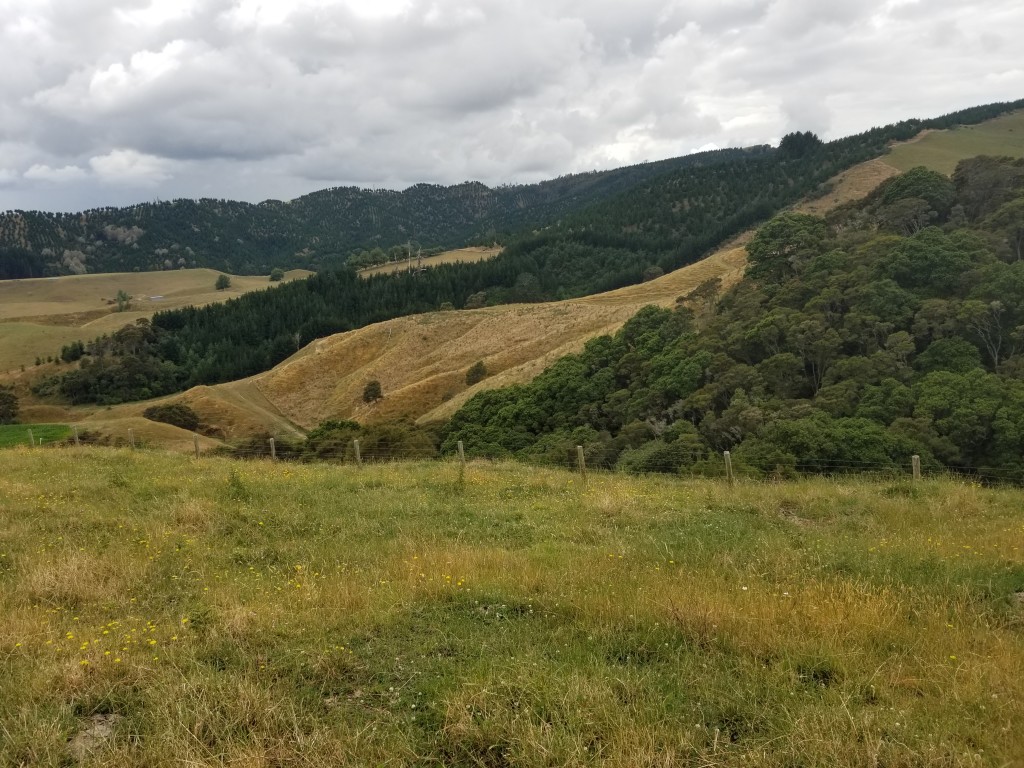
January 2, 2018
Visiting a dairy farm and an Alpaca farm solidified this. The ultimate goal is output, which is in the form of milk and fur. However, the means to get to that goal is equally important. Making sure the livestock is happy and healthy ensures a good output of products. The cows need good food full of protein, which is why the maize and grasses they are given are still green and rich with the necessary nutrients. That will help the milk develop well (and the milk is very good). The alpacas need to be kept happy, fed well, ensure their mating cycle goes well, and developing good fur for clothing and other textiles.

January 3, 2018
We visited an orchard and a cheese factory. The same model of product output applies here as well. The farmer at the orchard ensures that all his horticulture is grown and managed under as much of a controlled environment as possible. Water levels are regulated, the proper soil mix is given to the plants (pumice is included), the heating system in the greenhouse makes a comfortable environment for the plants to grow, the birds are kept nearby to pollinate the flowers, etc. The same is done at the cheese factory. The cultures are kept protected in containment and isolated from each other so there is no mixing or contamination. Every Friday, the entire facility is cleaned out completely to get rid of unnecessary contaminants.
January 4, 2018
Well, we started the day playing cricket where the Northern Knights played, but that’s not important for agriculture. However, we did go to a dairy demonstration farm in Cambridge. This farm visit seemed different from the others. Yeah, distribution and produce was discussed, but the conversation covered such a huge range of topics that it was very difficult to keep up. Climate change and pollution were important discussion points, with a main focus around methane that is produced from the cows as well as waste management. Water runoff was mentioned, comparisons between the amount of acreage used for cattle in NZ and the US, price differences of feed, supply and demand, economic development of urban landscapes due to agriculture. The whole experience was surreal. This further expanded the model of agriculture to include many factors that not only speak of placing food on the table. There’s a lot more than I expected, and the challenge lies in understanding all these concepts put together.
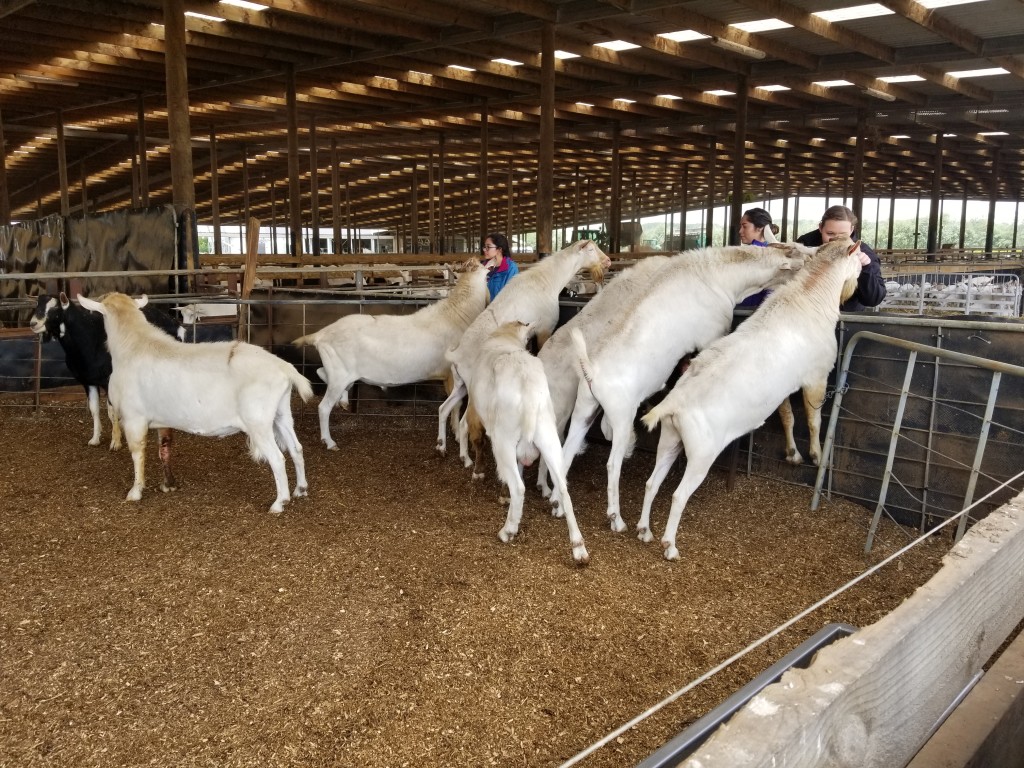
Something that caught my attention was the so-called dry season happening right now. As I’ve come to find, New Zealand is very green. Local estimates place average rainfall in the region we are in between 36 and 43 inches accumulated. New Mexico, on the other hand, usually has about 9 or 10 inches on average, which pales in comparison to this region. In NZ, anything below these numbers (depending on the area or city you are in) and it is considered dry. Now, we who come from the desert may be quick to judge and say “it isn’t dry,” but we must understand that anything that grows here is accustomed to the usual climate of constant rainfall. Anything changes that, and the plant has difficulty growing. This has been noted by people who work in this industry, especially farmers who have to keep their stock constantly well fed. Grasses here require a fair amount of rainfall, and while there are substitutes, it still a major part of the animal’s diet. Less grass means less output.
After the demonstration farm, we visited a deer farm. I will be completely honest, I never knew deer could be farmed, but then again there is a high demand for antlers and hunting here. These are the main products that he deals with: meat, hunting, and antlers. The farmer entered the business originally hunting deer, since they had overpopulated in NZ and began to eat away at the native grasses and shrubs and the government payed a lot of money to manage their numbers. He discovered that managing and profiting could be done by raising them. From him we also learned about local ecological politics and ideals when it comes to conservation. He seemed upset about what lawmakers would tell him to manage his peat lake and other things on the farm, but maybe that was just me. This further expanded the impact agriculture has on other aspects of life and which factors influence the yield of output. Aside from things like the dry season and different farming methods, it seems like politics also have a major impact on the agricultural industry, maybe more so than in the US.
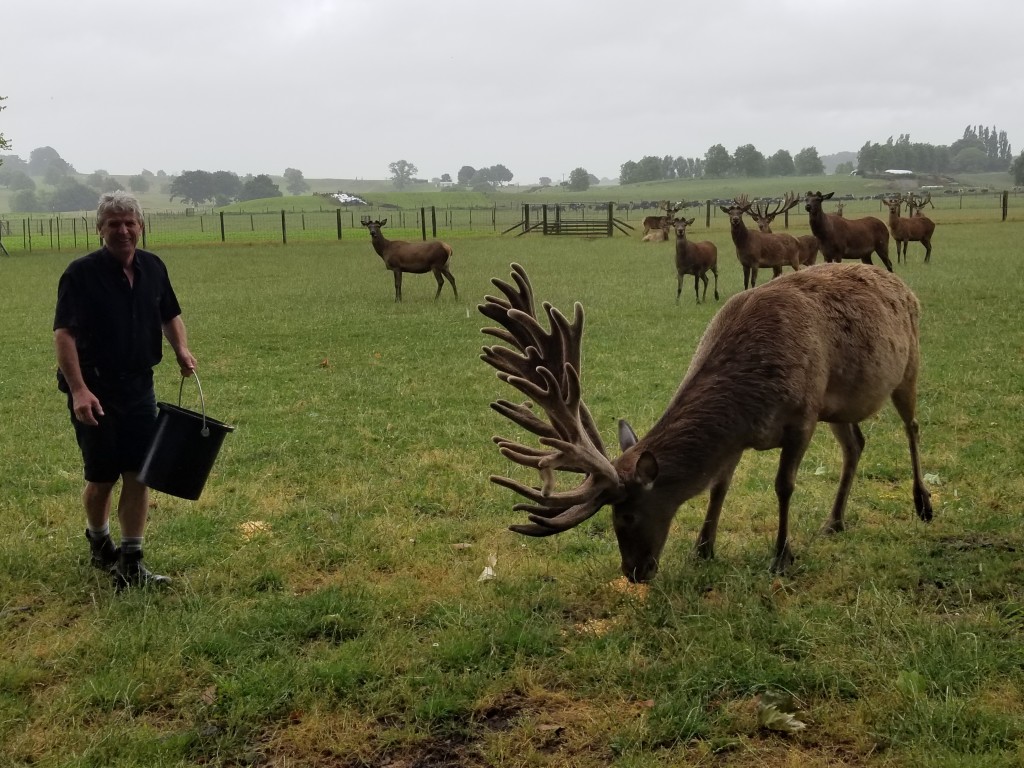
January 5, 2018
The next farm was quite different. Yeah, production is still part of the formula, but for this sheep farm and shearing business, everything is considered as part of the product, from the wool to the lambs themselves. The farmer showed us the shearing process and gave us a tour of his lands. He was very well versed in environmental conservation and a basic understanding of geologic formations and occurrences on his lands. It was interesting hearing the history of the farm he owns and the passion he puts into his work. The model of managing his farm was different to the others, where instead of having a boss and employees, his workers and himself form a management team and run the entire farm by sections. Since he cannot be in all sections at a given moment, his employees make decisions on his behalf in terms of moving sheep and cattle, among other things.
The next dairy farm we visited had a similar model to the other dairy farms that we have visited previously. The one thing that stands out from the other farms is that this one is organic. After years of hard work, current sale rates for the organic milk are similar to processed milk. We were told it does have its challenges, since organic milk does have different requirements needed to develop, mainly having to do with what the cows are fed and how the milk is pasteurized. The “drought” has also come into play with recent development, which marks the third time I have heard about the dry season.
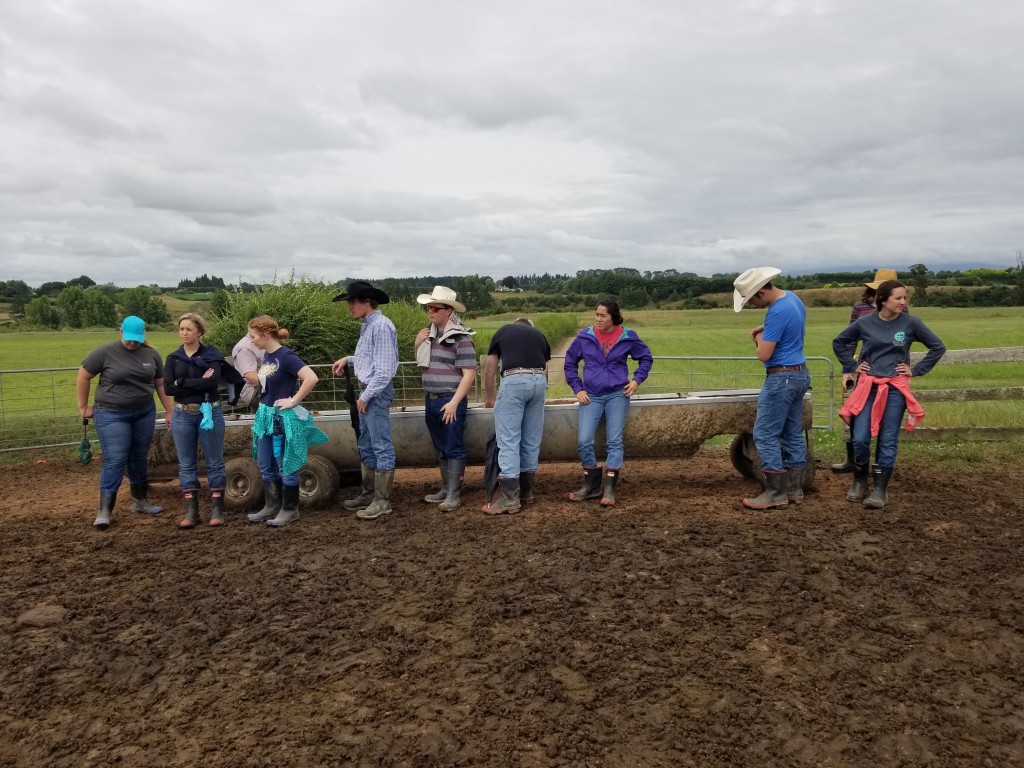
January 6, 2018
For the final application, we went to the horse stud. For this visit, we learned about agriculture in a different way, one that I understand a bit better now, but did not expect at that moment. Horse racing is a very lucrative business with the main focus of economic benefit, and it all comes down to developing and training the best stallion for racing. Now, this usually comes down to genetics, and we were talked through the science of breeding the best horse for racing. Of course, as with other parts of the industry, health and maintenance were paramount for the well-being of the horses, just like any other animal. I found the mares a lot more likable than the stallions, as the stallions were known for their aggressiveness.
Finishing thoughts for this week:
We’re on the bus heading to a New Zealand university. Here I sit, listening to Netsky, typing on my phone’s notepad, and just reflecting on everything that has happened in this past week amazes me. I started this trip not having a clue about how farming and ranching works. Halfway through, I’ve learned so many things here I never expected to learn back home. (That might be because I’m not looking in the right place or asking the right questions, but that’s another story.) Overall, just seeing how everything fits together to provide that end goal amazes me greatly.




